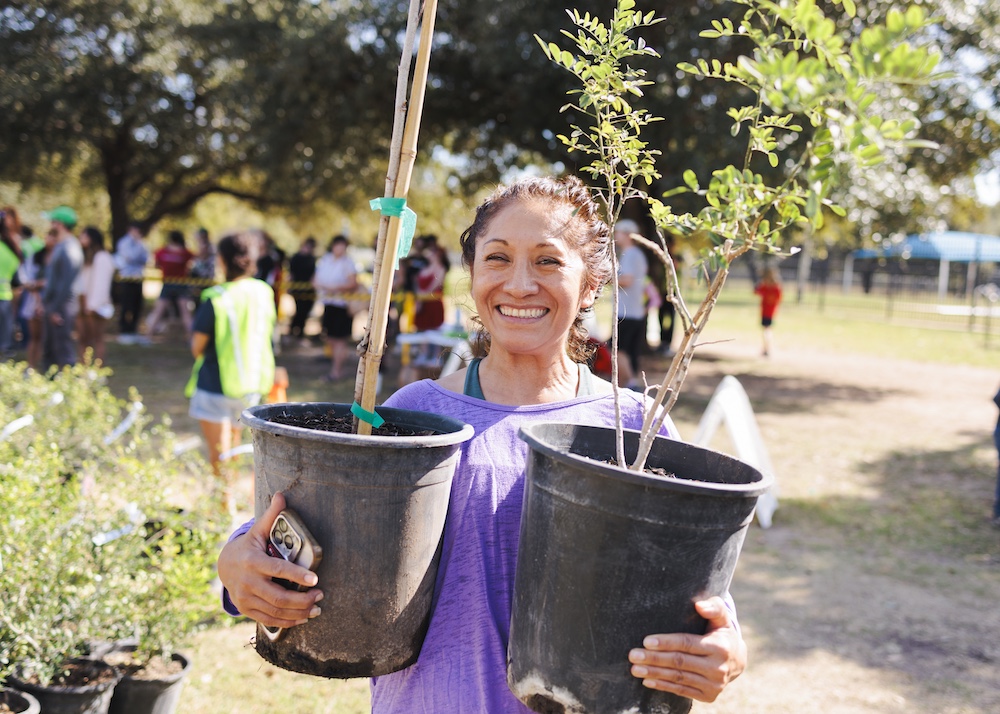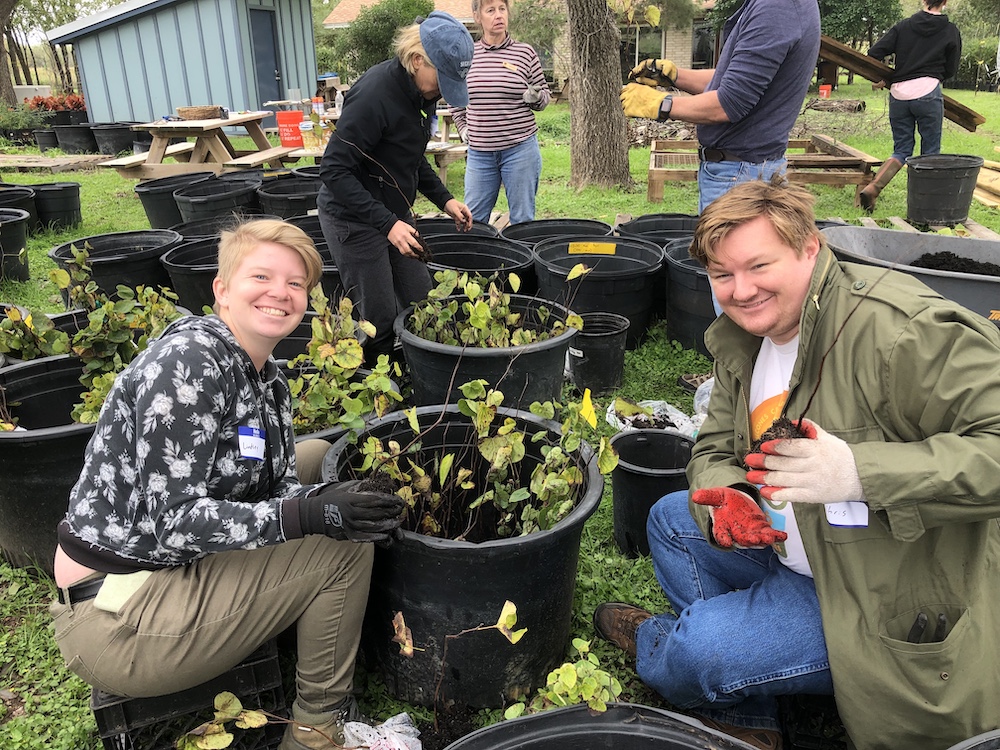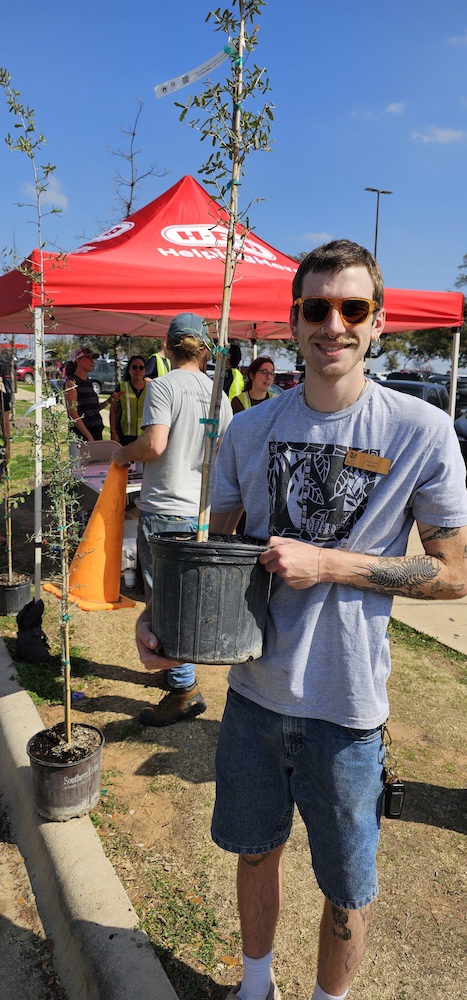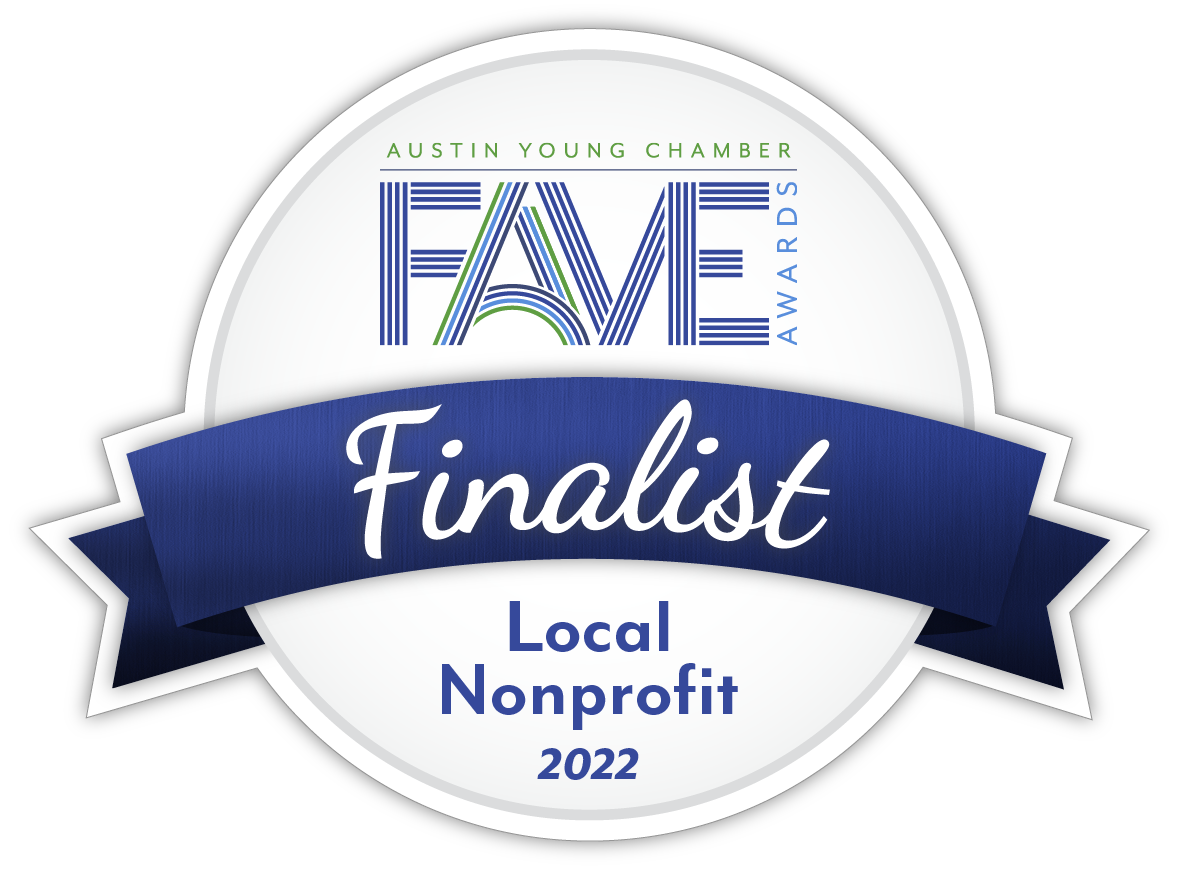At TreeFolks, we know that growing a greener future takes a whole forest of collaborators. That’s why we’re excited to share this conversation with Emily King, Austin’s Urban Forester. With over 20 years of experience, Emily plays a vital role in shaping the city’s approach to urban canopy preservation, tree planting, and community partnerships. Her work with the City of Austin supports many of the green spaces our community depends on, and her thoughtful leadership helps ensure that Austin continues to be a place where people and trees thrive together.
In this interview, Emily shares how she got into the field, what drives her, and her hopes for the future of Austin’s urban forest.
“The emotional and community value of city trees really resonated with me.”



Your career in urban forestry spans over two decades. What initially drew you to this field, and how has your passion evolved over the years?
Emily: My connection to trees started in childhood. I remember an elm tree on the school playground being cut down and how upset we all were. Later, I loved the mimosa tree in my front yard and the feeling of being among the branches. I forgot about that connection in my teenage years, but it came back in college when I realized I didn’t want to follow directly in my horticulturist parents’ footsteps. I ended up in forestry school and discovered urban forestry; the emotional and community value of city trees really resonated with me. That’s where I found my purpose.
As Austin’s Urban Forester, what initiatives or projects are you most proud of, and how have they impacted the community?
Emily: The Urban Forest Grant is a standout. While I didn’t start it, I’ve helped it grow. It’s funded through tree mitigation fees from development, and that money goes back into expanding and supporting our urban canopy. It’s a way the city can turn the impacts of rapid growth into something positive for everyone.
In your experience, what are the key factors contributing to successful urban forestry programs in rapidly growing cities like Austin?
Emily: People are the key. Most folks in this field are driven by passion. They want to be heard and want to contribute meaningfully. I’ve learned that collaboration, listening, and sharing knowledge make a big difference. I prefer to lead from the side, to create space for others and support their work. That’s what helps good things grow.
Looking ahead, what are your aspirations for Austin’s urban canopy, and how do you plan to achieve them?
Emily: I want the city to fully recognize trees as infrastructure, as assets that need investment and care. That means better coordination and funding for public trees. But I also want everyone, regardless of their income or neighborhood, to have access to green space. We all benefit from nature, and everyone deserves to see something green out their window.
On a personal note, what is it about the Bur Oak that resonates with you, and how does it symbolize your journey in urban forestry?
Emily: Bur Oaks are just amazing. The bark, the massive leaves, the acorns; they have a scale and presence that delights me. They always feel like they’re still growing, still coming into their own. That resonates with me. I feel like I’m still growing, too.
“We all benefit from nature, and everyone deserves to see something green out their window.”

Is there a moment in your life—maybe a walk under a particular tree or a conversation with a mentor—that reminded you why this work matters so deeply to you?
Emily: Being outside with my kids is the reminder. They don’t love nature as much as I do, but they humor me. Whether we’re walking around the block or visiting a park, those moments bring it home: this work matters because they matter. Their well-being, and the well-being of the next generation, is tied to the green spaces we care for today.
“The well-being of the next generation is tied to the green spaces we care for today.”
At TreeFolks, we’re honored to work alongside city leaders like Emily, who are developing a more resilient, equitable, and inspiring urban forest. We hope her story reminds you of the people and trees that make Austin special.
Author
Héctor González, TreeFolks’ Communications Strategy Manager, conducted this interview.

